- News
- Reviews
- Bikes
- Components
- Bar tape & grips
- Bottom brackets
- Brake & gear cables
- Brake & STI levers
- Brake pads & spares
- Brakes
- Cassettes & freewheels
- Chains
- Chainsets & chainrings
- Derailleurs - front
- Derailleurs - rear
- Forks
- Gear levers & shifters
- Groupsets
- Handlebars & extensions
- Headsets
- Hubs
- Inner tubes
- Pedals
- Quick releases & skewers
- Saddles
- Seatposts
- Stems
- Wheels
- Tyres
- Tubeless valves
- Accessories
- Accessories - misc
- Computer mounts
- Bags
- Bar ends
- Bike bags & cases
- Bottle cages
- Bottles
- Cameras
- Car racks
- Child seats
- Computers
- Glasses
- GPS units
- Helmets
- Lights - front
- Lights - rear
- Lights - sets
- Locks
- Mirrors
- Mudguards
- Racks
- Pumps & CO2 inflators
- Puncture kits
- Reflectives
- Smart watches
- Stands and racks
- Trailers
- Clothing
- Health, fitness and nutrition
- Tools and workshop
- Miscellaneous
- Buyers Guides
- Features
- Forum
- Recommends
- Podcast
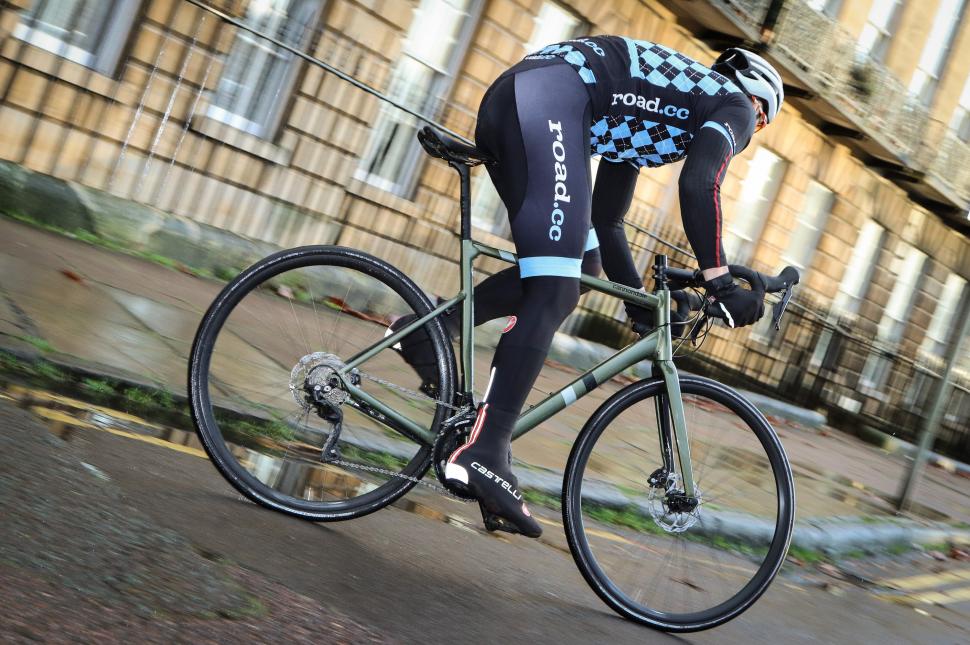 Cannondale CAAD13 105 Disc riding-9.jpg
Cannondale CAAD13 105 Disc riding-9.jpgHow to make the most of riding solo: get maximum benefits from training alone
Just you and your bike. It can be incredibly refreshing having some time all to yourself, where the only thing that matters is giving your legs a good beating. Riding out and about alone is something a lot of us do whenever we hop on the bike, apart from the weekly club run. With solo miles being such a regular activity, it’s easy to slip into habits that mean you aren’t getting the most out of your time in the saddle. With some expert advice from coaches and psychologists, here's how to switch up these sessions to make the most gains…
Training by yourself can bring lots of benefits, to list but a few:
- There’s much less faff or stoppage time without needing to wait for others to peel off layers, take pee breaks or sort out mechanicals.
- Rides can be fitted into a time slot that works best with busy and frequently changing schedules.
- Pacing can be accurate to your own power and heart rate zones, and so isn’t being influenced by the fitness levels of others.
Andy Jackson of Peaks Sports Consultancy said: “Although there are lots of social advantages from riding in a group, for real quality, I would always push for riding on their own for someone’s development—no matter what discipline they are doing.”
Life can be so busy, so use these pointers to pack in productive and rewarding rides when solo. Keep reading for further important safety and practical considerations…
Set an intention for your ride beforehand
Structuring your ride so that it has some purpose can help you make the most of the limited hours you have each week for cycling.
Andy said: “When you are self-coaching it’s very easy to end up doing the sessions you always like doing—this could be always hitting the hills or a long flat ride. Adding variety into your rides and challenging yourself to different things is essential for progress.”
Setting a little bit of time aside beforehand, to work out what this will consist of is essential for going through with something different to what you are used to.
> Buyer's guide: Personal training and coaching apps to help you get fit
Andy suggests downloading the planned workout to your GPS cycling computer or going old school and scribbling it down on masking tape to put on your stem. “Having something planned down in front of you will make sure you definitely get some value out of the ride.”
Using a GPS unit has the added benefit of navigational functionality, which can help prevent you from getting lost—this can also be achieved by mounting your smartphone on the handlebars.
Put the ride in context of your goals
From a concentration point of view, Chartered Psychologist Peter Hudson of Cyclotherapy agrees that having some structure can help prevent you from ending up in a world of your own. But further to this, Peter says linking the individual ride to your overall training programme—so your final target is replaying on your mind while grinding the pedals—can be incredibly beneficial for staying in-the-zone and hitting each effort as prescribed.
> Buyer's guide: Cycling power meters—how to find the best one for you
He said: “Remembering your own motivation for the ride is really important. Knowing what the session is—for example, that you are doing a 2-hour tempo ride—is not enough. You should focus on what you would hope to get out of the workout. Say to yourself I’m going out for this bike ride, as part of my training programme, to do this particular structured training in order to achieve goal X.”
To be able to understand how each ride is contributing to the end target, Andy recommends making a macro plan of what your season might look like and then break this down into what you aim to do for the week.
Track your progress
To determine if your approach to solo rides is actually working, seeing improvements in your fitness is a clear indicator.
An FTP (functional threshold power) test is one way of checking progress, but Andy suggests finding a section of road or circuit that you ride regularly to track improvements. He said: “You can use this to benchmark and test yourself on again and again. The way you track your improvements here can vary. It could be that you went round that time at 10 watts more for the same heart rate”.
This way, training improvements other than fitness gains—such as slick cornering and an aero riding position—can also be tracked. Andy added: “Power tests are really useful but also doing something on real roads in real conditions is very relevant”.
Remember to stay hydrated and fuelled
If it doesn’t come naturally to you yet, it can be easier to forget to eat and drink on a ride if you are by yourself—as there’s no other riders around that could act as a reminder. Andy says that habit forming is essential in this area so the action of eating and drinking on the go is second nature—like putting your cycling shoes on.
> Advice: How to eat right for sportives and long rides
He said: “It needs to become ingrained, so you don’t have to think about it, you just do it. I tell all my coached riders to drink at this interval, then eat at this point, on every single ride. That way, when it is more important on longer rides, the riders are already used to fuelling.”
Concentrate on you and your bike
Being successful as a cyclist is not only about the amount the watts you can drop. There are so many other dynamics in play, that can be harder to focus on when chatting away with buddies on a group ride.
Peter stresses that it is invaluable to use time away from others as an opportunity to work on what he calls “mindful cycling”.
He explained: “Riding in the moment and being very conscious of everything you are doing—the effort, your riding position, each turn of the pedal—is good practice. If you can do this on your own then it’s much easier to replicate in the competitive situation”.
Choose a route that best suits the training session you are doing
With the freedom of riding solo, you have the opportunity to plan a route which is optimised for the intervals and zones you have set. Although the changing terrain, when completing intervals, can help you become a more adaptive rider, it is beneficial to reduce potential interruptions by being clever with your route planning—where you can.
Andy said: “Think about where you might be at a certain point, so you are not going to suddenly end up in the middle of town, with lots of roundabouts or traffic lights, that’s going to impact the quality of the intervals.”
> Advice: How to plan and follow a bike route
Don’t worry about perfection, as there is no way of achieving this when riding outdoors. But do have a little think beforehand as the route is up to you when riding solo.
Accepting that the terrain where you live isn’t suitable for the session you are aiming to complete is also a part of this process. Andy said: “For example, I live high up in the middle of the Pennines and it’s quite hard to go easy so I’ll do my recovery type rides indoors on Zwift”. Turbo trainers and rollers do provide an alternative environment for getting in the right workout, so don’t discount these options for solo sweatfests.
Don’t leave the ride till last thing
Without making a prior commitment to go on a ride with others, actually getting out can be the hardest part. If possible, prioritise the ride by doing it first thing in the morning or in your lunch break in the middle of the day. That way if something crops up or you are not in the right mood for whatever reason, then there’s still the opportunity to try again later in the day. Leaving it until last means there’s not another chance.
If you do have to ride late, here are our tips
Prepare kit beforehand so it’s easier to leave
To help facilitate rolling the wheel out the door, Peter recommends thinking through everything that needs to be gotten ready plenty of time in advance—locate and lay out your kit, check your bike for any issues, etc. By avoiding rushing around frantically before the ride, these little steps can help you feel fresher, mainly mentally, for the workout.
> Buyer's guide: Winter cycling clothing to fight the chill
Sensible considerations
There are important safety and practical aspects that you should be aware of when out by yourself on the road. Training solo can be more dangerous as you don’t have a buddy to help when things go downhill, so here are some extra precautions to consider...
Tell someone where you are going
Informing friends or family or your whereabouts and what time you expect to be back is a good idea.
Sending someone your route is one way of doing this, but sharing your location via a smartphone is another method. Lots of apps have this functionality, including Whatsapp’s version called Live Location—this works by having an end-to-end encrypted chat with those you have chosen to share your location with.
For those with a Strava subscription, Strava Beacon can be used to generate a unique URL that can be shared with a safety contact. Your friend or family member can view your activity in real-time, as well as see your activity start time, time active, and remaining battery percentage.
Aside from live sharing options, What3words is an incredibly useful geolocating app that you can download which uses a three-word code to locate anywhere in the world—each three-metre square is given a unique three-word code. It therefore gives a fast and relatively fool proof way of sharing your location, absolutely wherever you are.
Wear an ID wristband
Your name, emergency contact details, allergies and medical conditions can all be included on a wristband. You can wear one just in case you end up involved in an accident and are unable to communicate these important details. Any passers-by would be able to alert your loved ones immediately and paramedics on call would also be able to treat you according to your health considerations.
Carry tools for mechanical issues
Tools should be carried in your jersey pocket or saddle bag so any issues can be fixed, and you can get back rolling.
You should have at least the basics: a multi-tool, two tyre levers, a pump and a spare tube. These will have you covered for punctures and most adjustments you might need to make, such as those to the derailleurs, seat post and handlebars. Having a charged-up phone and cash on you is also essential in case of a mechanical failure that is beyond your skill level to fix.
A fuller kit list for greater mechanical peace of mind would also include: a spoke tool, chain tool, puncture repair kit, quick link. But this is a bit much to cram into your jersey pockets and a larger sized saddle bag is necessary.
Alongside this, making sure that your bike is well maintained before heading out can help prevent problems occurring when on the road.
Knowing how to fix any mechanical issues that could arise
But having the right tools with you isn't enough. With the many helpful hands about on group rides, it’s easy to slip into relying on others to help out here. But this is poor practice. Although it’s not a prerequisite for turning up to group rides, being self-sufficient should always be the aim—and it is an essential for solo explorations.
For those who feel capable but aren’t the fastest (yet), having some extra buffer time for your planned ride is a good idea. For example, if you start work at 9am don’t leave for a 2-hour ride at 6:45am, as this gives little wiggle room to fix an issue on the ride (if you are on the slow side), as time for showering and refuelling once you get back also needs to be factored in.
Find out more about bike maintenance here
If you don’t feel so comfortable handling bike issues, it’s sensible to choose a route that never strays too far from home so it’s easier and quicker to get a lift, either from a generous family member or taxi.
Do you regularly train by yourself? If you have any tips to add, let us know about them in the comments below
Anna has been hooked on bikes ever since her youthful beginnings at Hillingdon Cycle Circuit. As an avid road and track racer, she reached the heady heights of a ProCyclingStats profile before leaving for university. Having now completed an MA in Multimedia Journalism, she’s hoping to add some (more successful) results. Although her greatest wish is for the broader acceptance of wearing funky cycling socks over the top of leg warmers.
Latest Comments
- The_Ewan 7 sec ago
TBF, coming at this from a rather different political perspective I sort-of agree with the idea that government shouldn't be funding charities like...
- the infamous grouse 7 min 53 sec ago
and the la vie claire team kit, really the only acceptable non-pro use of pro colour schemes.
- BikingBud 21 min 6 sec ago
His counsel admitted “He took that corner way too fast. It’s something he wishes he could reverse.”...
- slc 25 min 50 sec ago
An excellent plan. In fact the Church Road site has parking spaces for rent from time to time, which are snapped up, though not quite as quickly as...
- Vo2Maxi 42 min 33 sec ago
I did indeed! 🤦♂️ Corrected now, thank you.
- Tom_77 47 min 7 sec ago
Eventually managed to get my hands on these, ordered from Cycling 2000 (looks like a few other UK shops also have them)....
- Tom_77 57 min 3 sec ago
My brother bought me this mug - no occasion, just "saw this and thought of you".
- maxdabrit 1 hour 2 min ago
It will be even worse to read when the missing bottle cages are added.
- eburtthebike 1 hour 5 min ago
"A new study suggests that electric scooter schemes appear to reduce the risk of cycling collisions by around 20 per cent — University of Bristol...
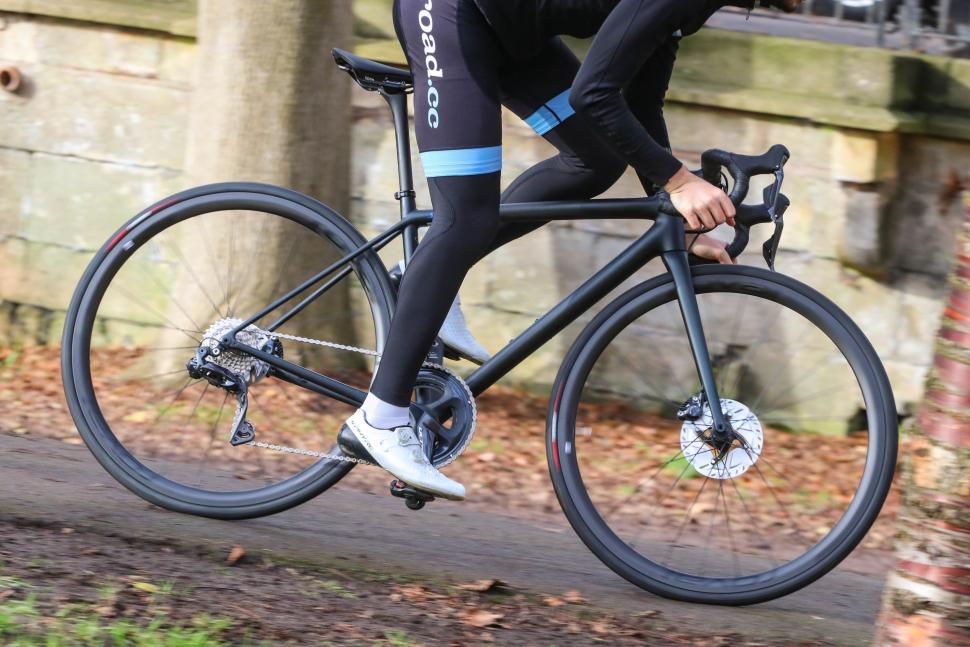

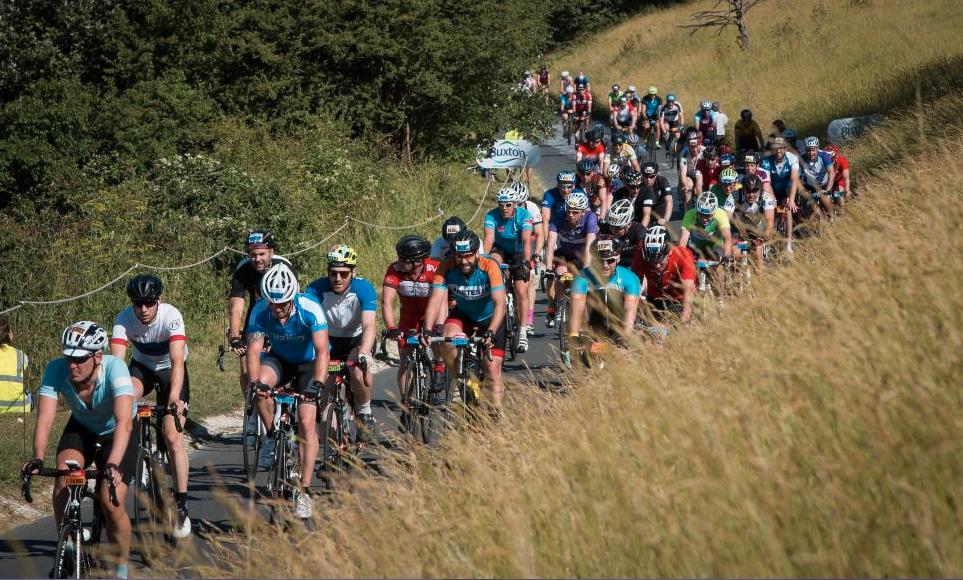


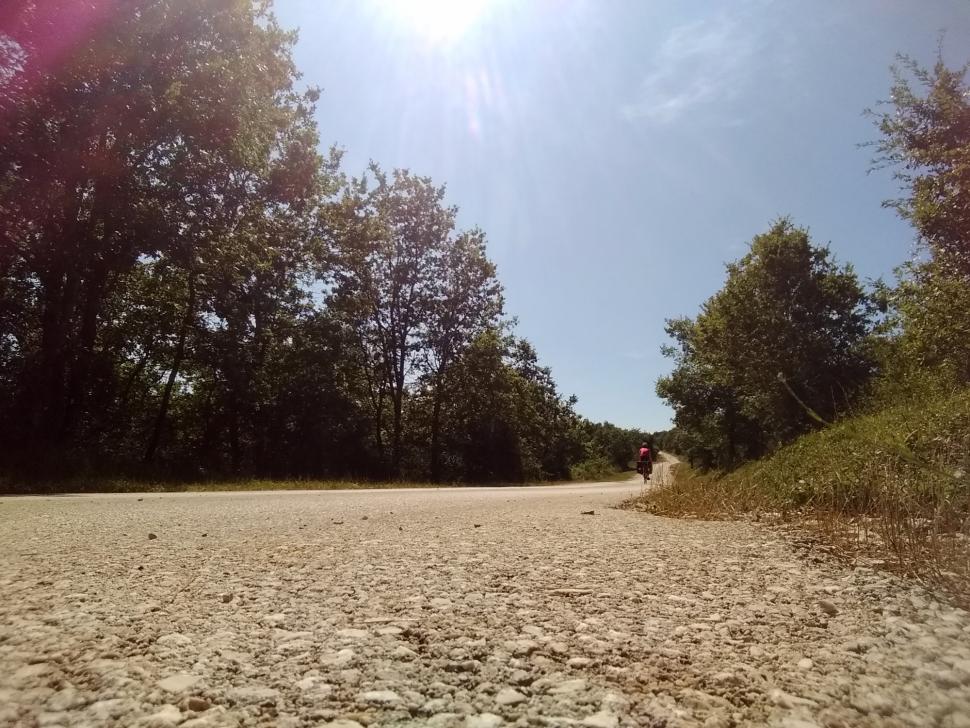
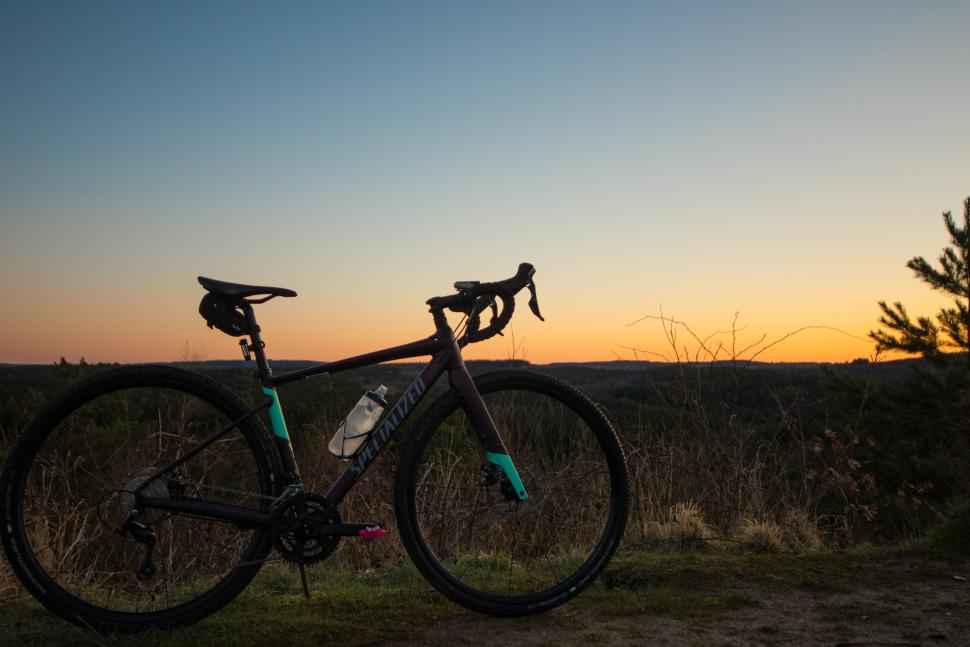
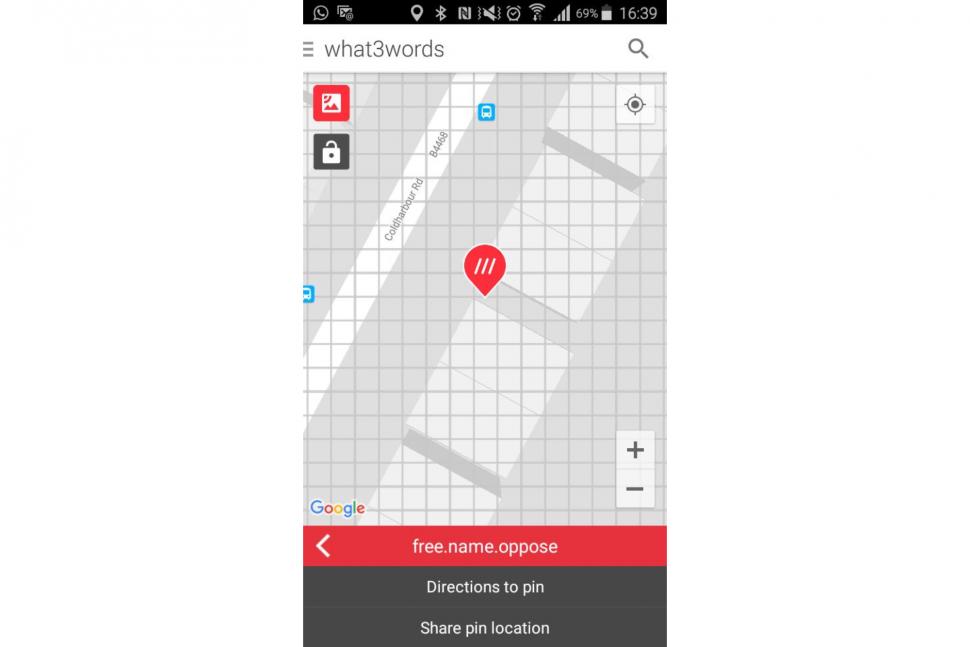

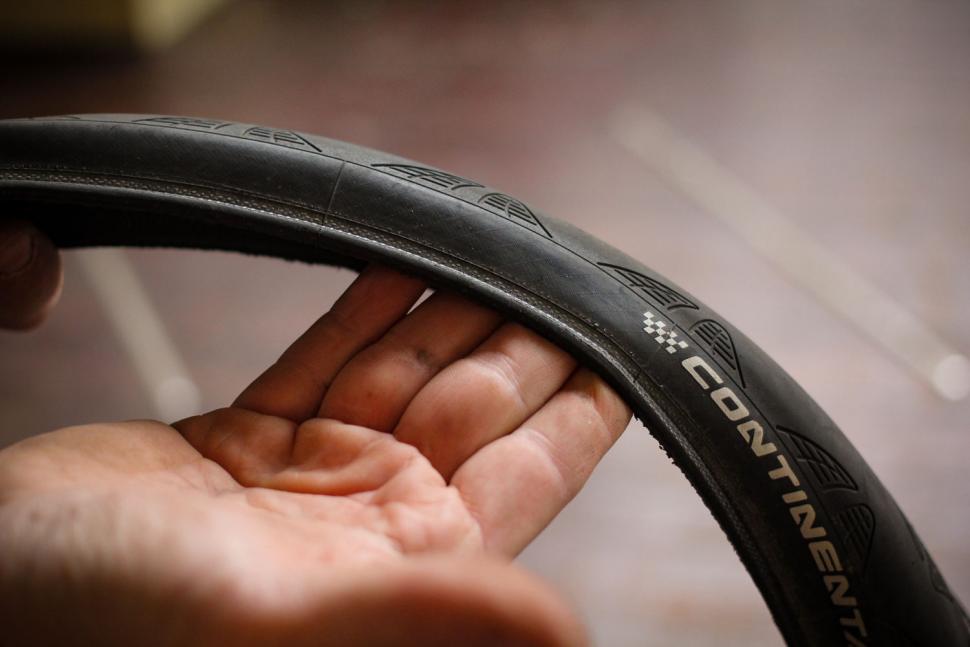
Add new comment
10 comments
My method for determining whether my approach to rides is working:
If the answer to both of those is 'yes', then it's working.
what's the olive green bike in the photo at the top of the article?
Cannondale CAAD13 https://road.cc/content/review/cannondale-caad13-disc-105-2020-269731
sometimes its possible to overthink riding a bike, sure if you are a pro rider, riding by yourself alot, then do set up all those targets,purposes and outcomes for the ride, otherwise, just get on the bike and go explore would be my advice
overtake EVERYbody on a bicycle. I don't know why. I just like going faster than eveyrone else. When i cycled home from school kids used to yell at me''MR SPEEDY!''.
Every time I've done this I've been monstered by someone who looks as if they can't possibly be fast. Worst was a guy in joiner's trousers on an ancient looking mountain bike. Whizzed by at a traffic light that I'd had to stop for and zoomed off at Mach 3.
No one has ever called me Mr Speedy. Except a wife and that was a complaint.
When that happens, the correct response is to mutter to yourself "Bloody e-bike!", even if you're not sure it was an e-bike
That friend speaks my truth...
Wave and smile at other riders and you might even find another rider or riders to ride with for a while....or avoid them
Location sharing on Google Maps is a useful way to let someone know where you are and costs nothing other than some battery usage on your phone (assuming that you have your phone with you which is recommended if you're riding solo).